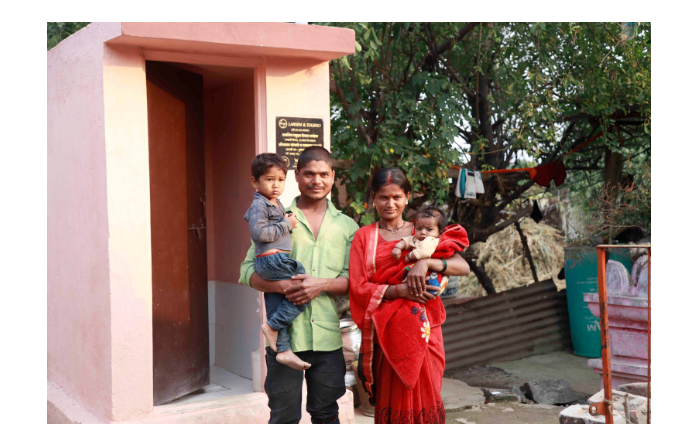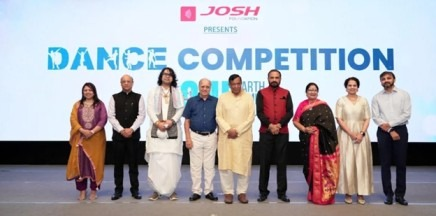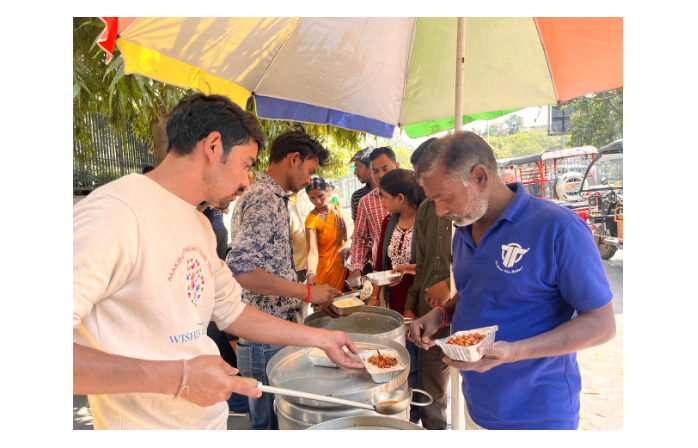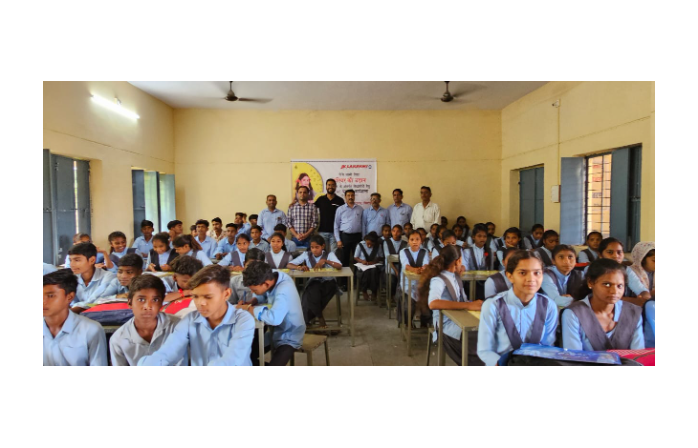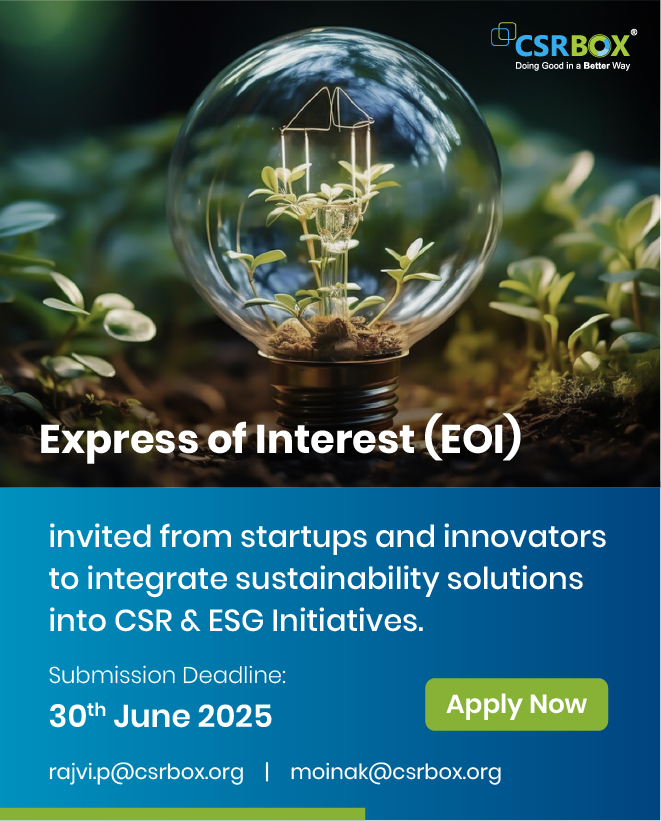Chakhaji Model - Catalyzing ‘Buyer-Friendly’ Solar Irrigation Service Markets
By- IWMI
November 26, 2019
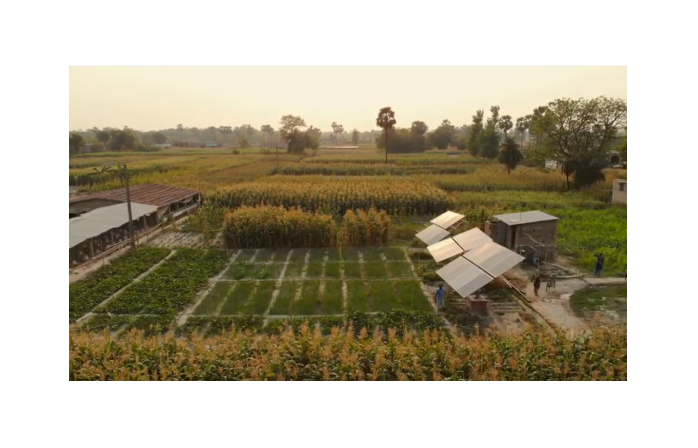
IWMI
Chakhaji in Samastipur is the only village to be 100% solar irrigated in Bihar. More than 550 farmers irrigate about 200 acres of land. In 2016, IWMI developed a business model tailored to the needs of the farmers. The idea was to create an equitable irrigation service market and breakdown the monopoly of diesel pump owners through the use of solar energy. Seven solar irrigation service providers were given a loan to set up 5 HP pumps and 300 metres of buried pipelines to supply water for irrigation.
Yatin Kumar, Solar Irrigation Service Provider, says – ‘I am a farmer and an entrepreneur under the solar irrigation project introduced by the Aga Khan Foundation (AKRSP(I)). I provide water to about 110 farmers and farm an acre of land myself, using the same pump. I charge Rs. 100 per hour for water. My job is to make sure that water reaches the fields and the farmer manages according to his own needs. Out of Rs. 7 Lakhs, I paid Rs. 3.5 Lakhs and the rest was paid by AKRSP(I). The initial down payment was about Rs. 1.5 Lakhs and the rest was on loan for 4 years from the foundation, of which I have already paid two instalments.’
The best part of the project is the underground pipelines. The 5HP pump extracts so much water that it is difficult to handle but with underground pipelines, it is managed very easily and farmers who are far away can use it freely. So, both the farmers and the entrepreneurs are benefitted.
Earlier, the cost of irrigating one Kattha (1300 sq ft) was Rs. 120 per hour but after introduction of solar pumps, the cost fell to about Rs. 40 per Kattha. Chakhaji had around 20 diesel pumps which used to cause pollution. There is no pollution now as the farmers have entirely shifted to solar irrigation. The effects of solar powered pumps are visible throughout the village.
50-year old Mithilesh Kumar Singh, a farmer in Chakhaji has directly from the solarisation of irrigation in the village. He says – ‘We used to grow Rabi and Kharif crops only. In summer, the whole village could not farm because of lack of water but after the solar pumps, farmers are keen on cultivating during the summer months as well. The farmers in Chakhaji are prospering. There has been a significant increase in income by about 35% to 40%.’
Ram Babu Singh has been farming for 5 years but has never seen summer farming to be as profitable as it is now. He says – ‘Now we irrigate five Katthas (6500 sq ft) in just 2 hours. The cost of irrigation has gone down and the underground pipeline has reduced the time and effort required to lay down pipes every time. Now, as soon as we switch the pump on, water reaches the fields instantly.’
A lot of farmers are saving money and exploring other crops like green vegetables which were difficult to cultivate. Being able to grow vegetables during the harsh summer months has led to an increase in income. Villagers are spending extra income to renovate their homes and towards their children’s education and marriage.
Dheeraj Kumar Gupta of AKRSP (I) has overseen the implementation of the project from the start and aims to scale up the intervention. He says – ‘Farmers’ revenues have gone up manifold. To be precise, revenue has increased by 30-40% and the cost of irrigation has fallen to 1/3rd compared to previous years. But the largest impact is the increase in cropping intensifies of the village which according to the studies has gone up from 1.9 to 2.22 and the gross value output has also increased.’
The Chakhaji model was initiated in October 2016 and it has been roughly 2.5 years since then. In 2018, they expanded the project. The 2016 model is only different in terms of the financing model. The demand from nearby villages has increased so much that at least every other day, one person inquires about solar irrigation.
The Government of Bihar’s BRLPS (Bihar Rural Livelihoods Promotion Society) is actively considering scaling up the experiment to 10, and eventually 100 villages over the next few years. This too will entail some technical, economic and institutional challenges in designing an accessible, transparent and supportive policy environment but the model lends itself to scale replication in much of the groundwater-abundant but energy-scarce Gangetic plains of eastern India, Nepal Terai and Bangladesh.
Source

The International Water Management Institute is a non-profit research organisation with headquarters in Colombo, Sri Lanka, and offices across Africa and Asia.
© Renalysis Consultants Pvt Ltd



.jpg)

